How to test the pH of soil – the science explained for beginners
What is pH in soil and how can the right levels help you get the best results from your garden? Here, we tell you how to test the pH of soil at home
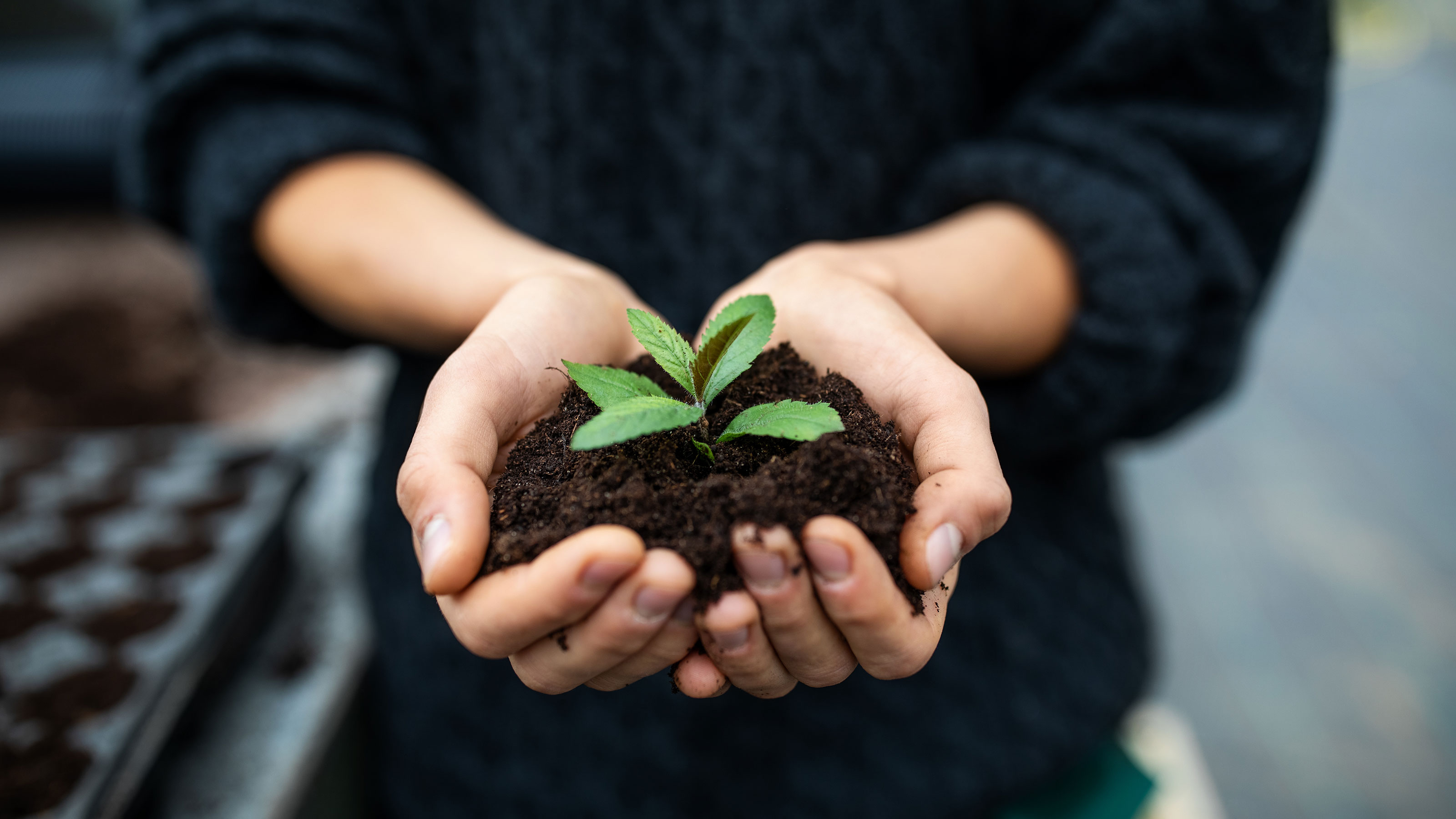

Why do you need to know how to test the pH of soil in your backyard – or even what it is? The reason to test the soil pH at home is to find out if it is acid or alkaline, as the result will affect how well different will plants grow – all plants have basic needs and require the right growing environment to thrive.
By testing the pH levels in soil it means you're equipped to get the best possible results from your garden. It's more important than you might think. If you’re a happy-go-lucky gardener, you could be running a risk in terms of plant health by not checking the pH levels in soil.
It is especially worth checking out soil pH if you’ve moved into a new house, before redesigning or planting a new garden, or if you want to start growing your own fruit and vegetables. Another reason would be if your plants aren’t flourishing as you'd like.
Plants have varying likes and dislikes when it comes to soil types, but it’s easy to find out the pH levels in soil with a simple pH soil test kit available from garden centers and online. These DIY kits are cheap and easy to use and give accurate results – just be sure to follow the instructions on the pack.
Alternatively, you could look around your neighborhood to see what plants are thriving or try asking neighbors which plants grow well in their gardens and work out the pH based on their answers. Chances are if something's thriving in an adjacent garden it will thrive in yours too.
If all else fails and especially if you want the lowdown on every possible trace element in your soil, consider getting a professional laboratory test done for a more detailed analysis.
To help your flower bed ideas get off to a flying start, don't forget to check out soil types too.
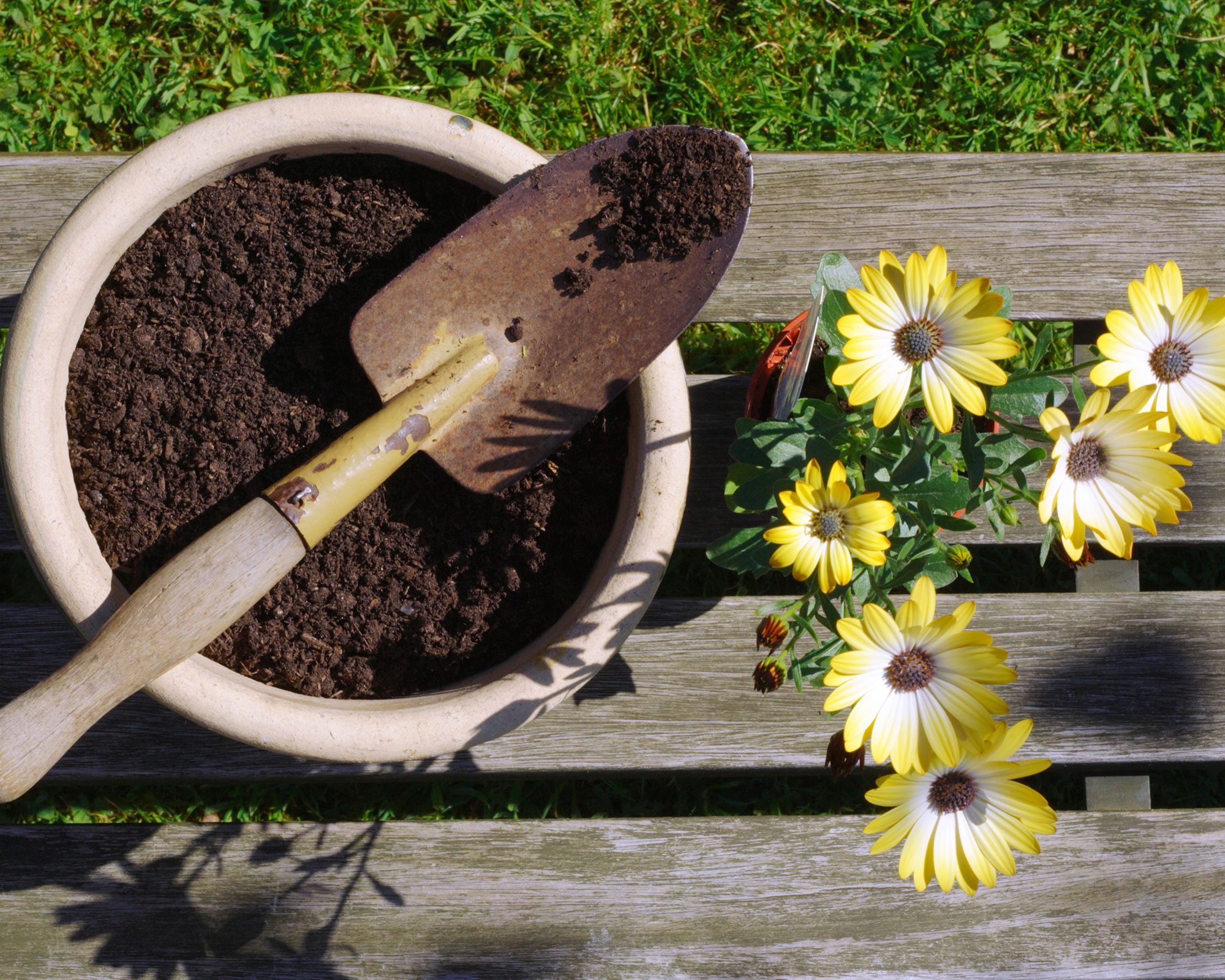
What is pH in soil?
This is where the chemistry comes in but happily it's easy science to get your head round. Soil acidity and alkalinity are measured against the pH scale (pH stands for ‘potential of Hydrogen’). The full scale goes from 1 to 14 but most garden soils fall within the range from 3.5 to 8.5.
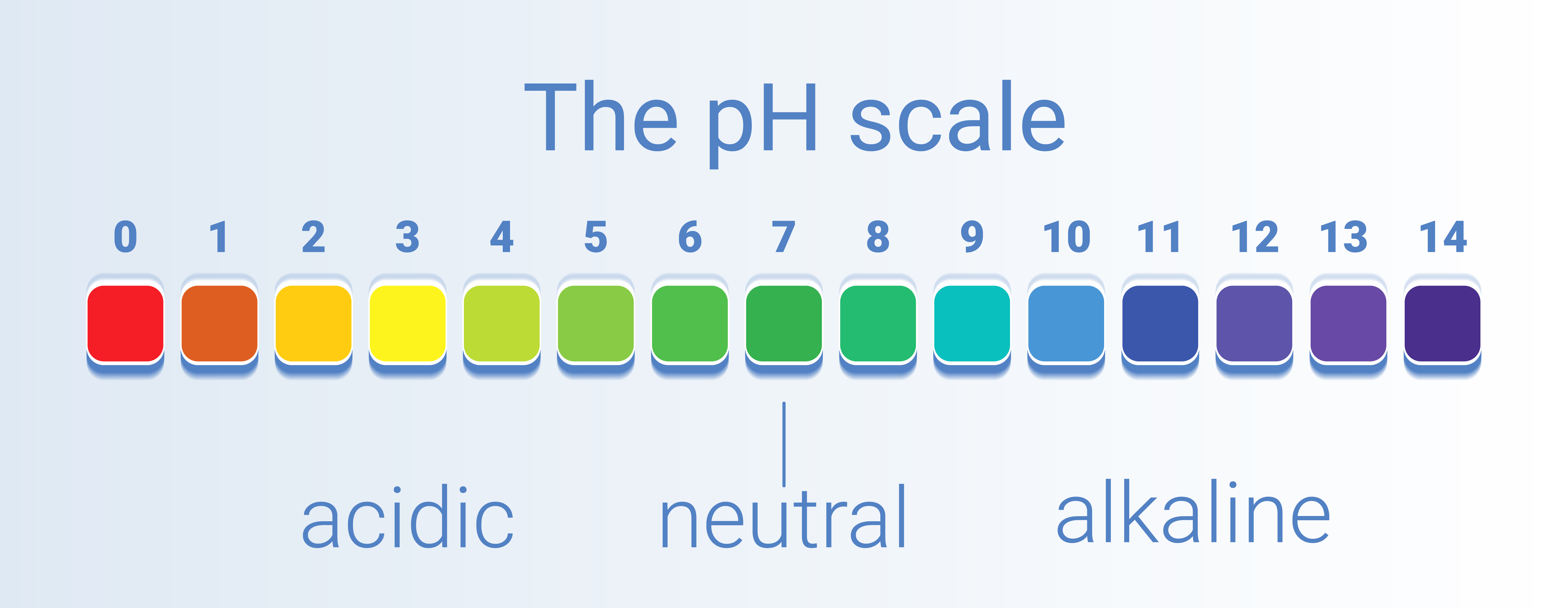
It’s tempting to focus on all the lovely stuff and plant up your garden without first getting down to the science of analyzing your soil. But understanding your soil type and its proper preparation are essential if your garden is going to thrive. Perfect garden soil doesn’t just happen – it usually takes some effort.
It’s generally best to choose plants to suit the pH of your garden soil, rather than looking to change the pH to match particular plants you like. By dressing the soil it's possible to alter what you can grow.
If you do decide you want to change the pH of your soil, remember that it's an on-going process you need to keep on top of, not just a one-off. Plants won’t continue to thrive if you allow the soil to revert back to its natural pH state.
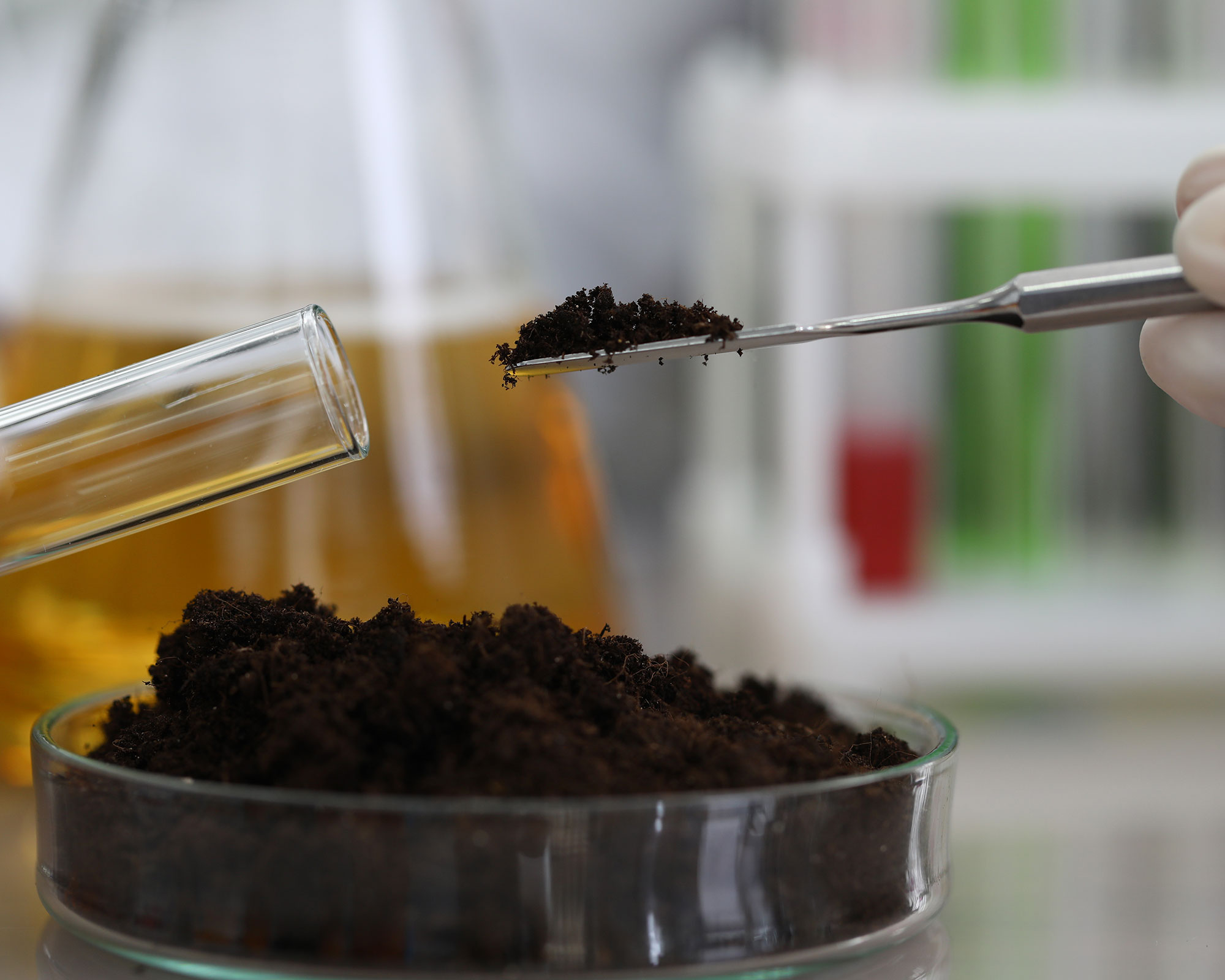
What is the best pH level for soil?
Measuring soil pH enables you to determine whether the soil is acid or alkaline. Soil pH generally varies from around 3.5 (very acidic) to 8.5 (alkaline). A reading of 7.0 is considered neutral and the optimum for most plants is 6.5. Less than 7.0 is considered acid and more than 7.0 is alkaline.
The majority of plants thrive in slightly acid soil (pH 6.5). Vegetables tend to grow best in a soil that's slightly alkaline (pH 7.5), while most fruit crops prefer a neutral to slightly acidic soil – worth knowing if you are planning vegetable garden ideas for the year ahead.
Carrying out a soil pH test will establish whether you need to adjust the soil pH, and also gives you a guide to plants that will do well in your plot. It will also let you know if you need to amend the soil.
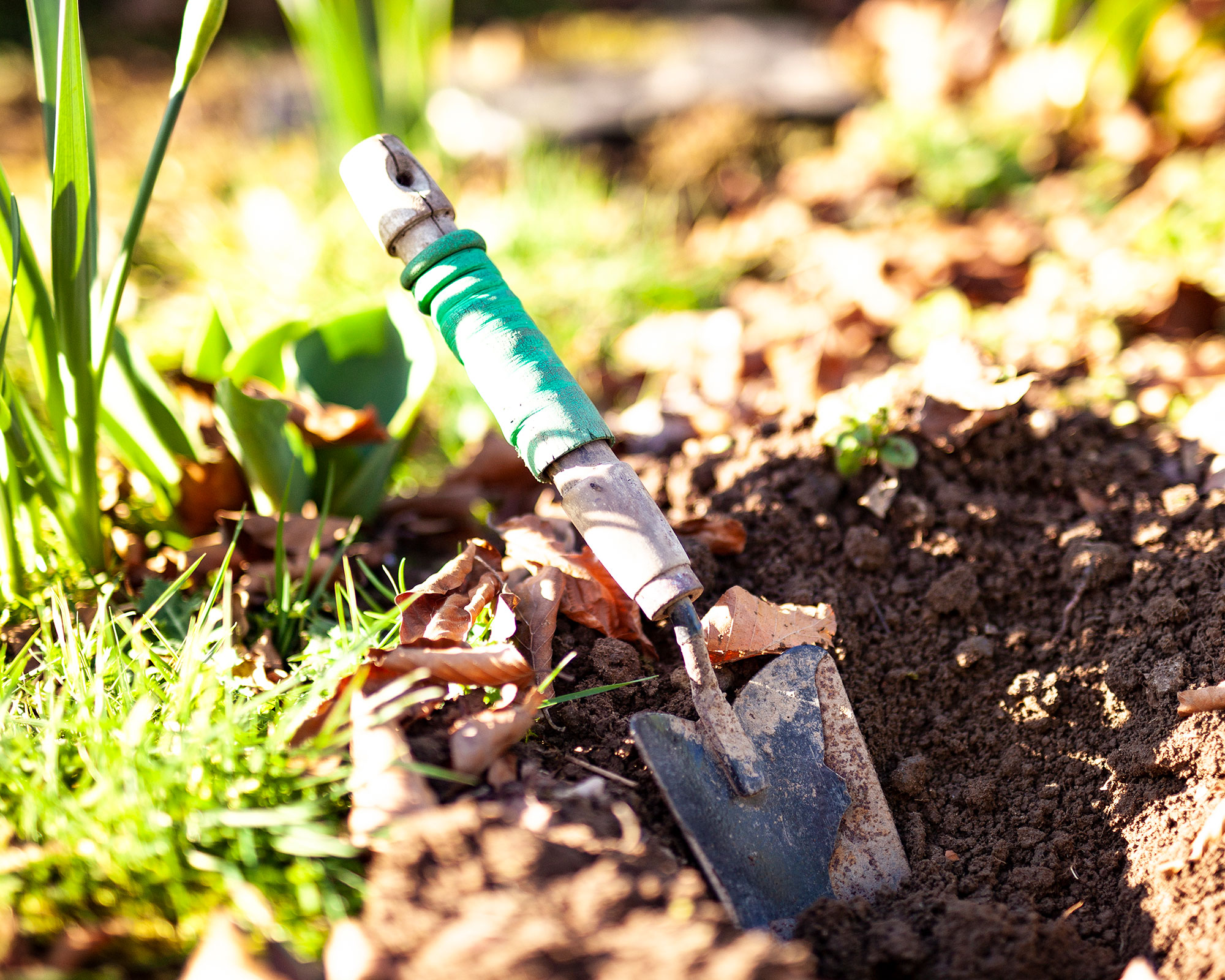
How to test the pH of soil
The pH levels in soil reveal how acid or alkaline your soil is. A pH of 7.0 is neutral. An acid soil has a pH value below 7.0, while an alkaline soil has a value of above 7.0.
pH soil test kits can quickly give you an indication of pH levels in soil. Small samples of soil are shaken with a chemical and the indicator dye changes color according to the acidity level.
Acid soil turns the testing solution an orange-yellow color, neutral turns it green, and alkaline turns it dark green. Compare the result against the chart, which looks a little like a paint swatch card, to get the acidity reading. This is all the information you need to tell you if you need to make an adjustment to the soil.
You can also buy a range of pH meters. The metallic probe that comes with them is inserted into the soil, and the pH can be read directly from a display.
Testing can be done at any time, but if carried out within three months of adding lime, fertilizer or organic matter to the soil, the test may give misleading results.
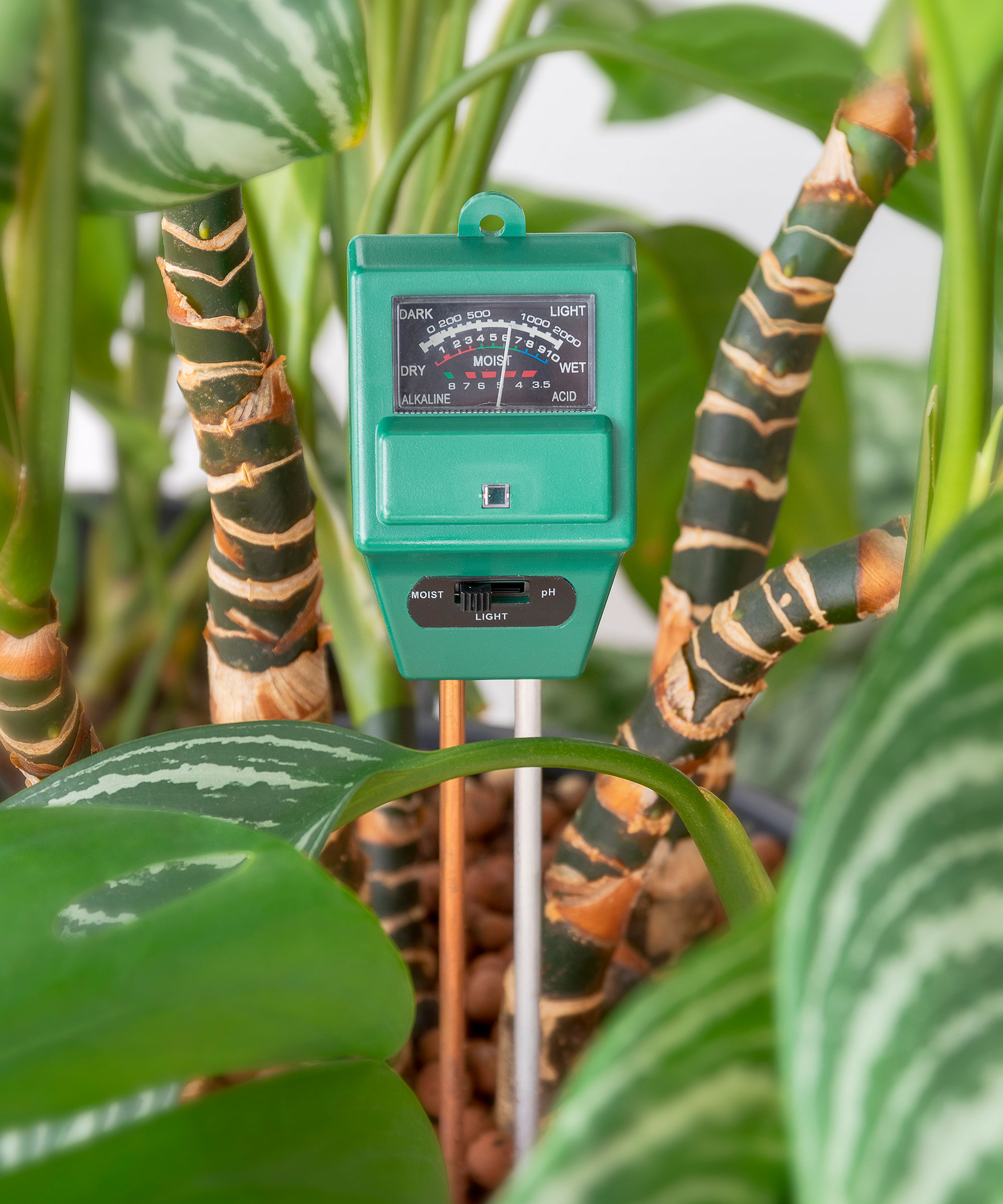
What the results of the pH soil test mean
- A test result of pH 3.0 to 5.0 means you have very acid soil. Plant nutrients are easily washed away leaving soil deficient in trace elements. Add lime to raise the pH to above 5.0.
- A test result of pH 5.1 to 6.0 means you have acid soil. This is ideal for plants such as camellias, azaleas, rhododendrons and heathers, as well as potatoes, but means you will need to add lime if you want to grow other plants successfully.
- A test result of pH 6.1 to 7.0 indicates your soil is great for growing a good range of plants as it’s moderately acid and packed with nutrients. So you do not need to amend it in any way.
- A test result pH 7.1 to 8.0 means your soil is alkaline, probably lacking in certain minerals like phosphorus, iron and manganese, and will need acidifying agents to correct its pH.
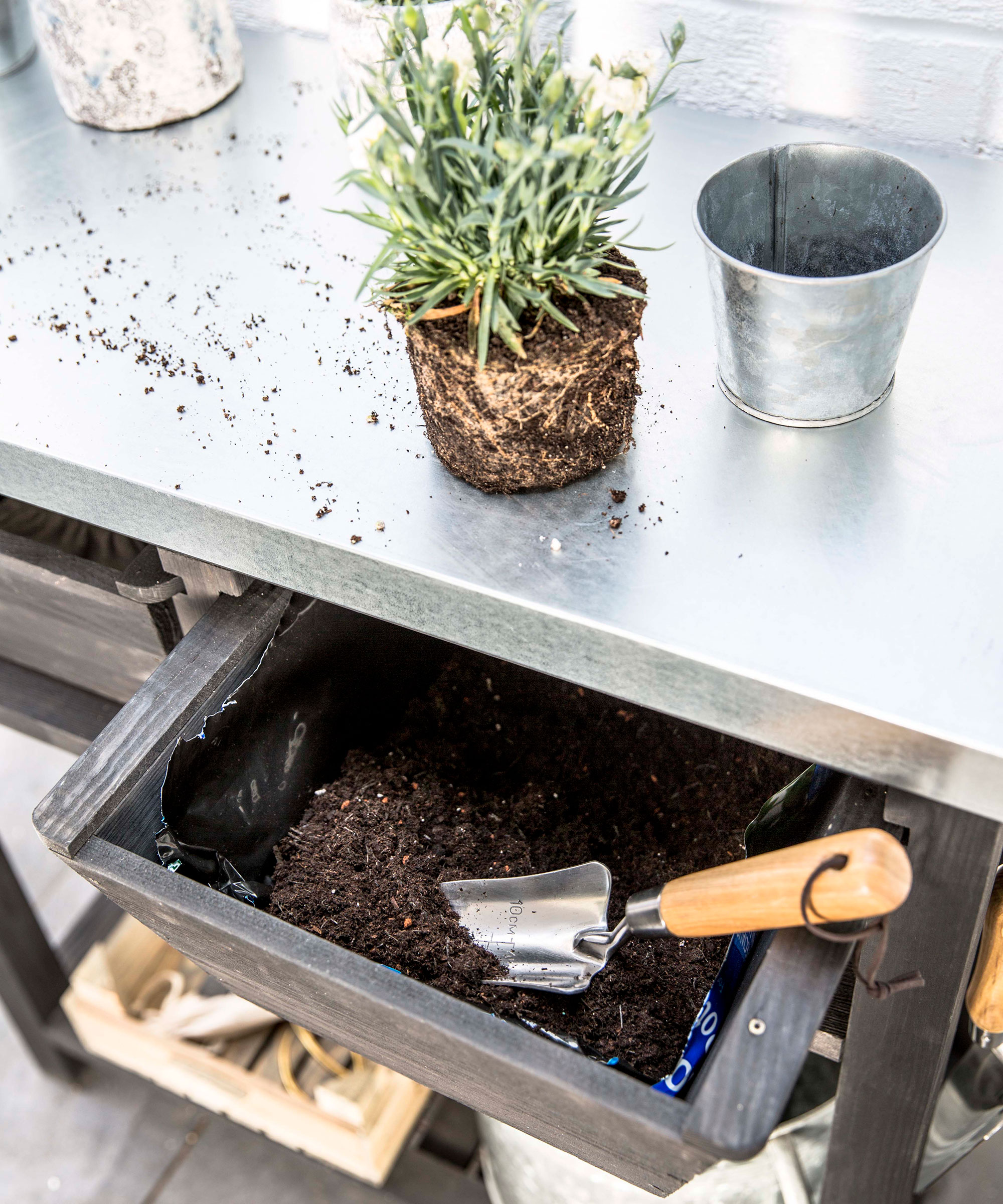
How do you correct pH in soil?
To correct pH in soil, you dress it in the same way as you would a salad. Add the right combination of things to the mix and it's easy to change the pH levels in soil.
Plants can’t get the nutrients they need from soil that is too acid. Adding lime to garden soil reduces the acidity by increasing the pH level. The pH level in the soil test tells you how much lime is needed to reduce acidity.
Ground limestone is easy to spread, widely available at garden centers, and generally the preferred method to fix soil that's too acid. Be wary of the type of hydrated lime used by builders. Although it’s quick acting and easy to spread it can irritate skin and eyes if not handled carefully.
You will need to know your soil type (clay, loam, sand) to work out how much to spread per square foot to adjust the pH level to the ideal figure of 6.5.
If the soil is acid, spread garden lime or mushroom compost over the surface and mix it into the soil as suggested by the test results to raise the pH and make it more alkaline.
If the soil is alkaline, add acidifying materials like pine bark, compost or sulphur to lower the alkalinity of the soil gradually, while also improving its texture.
You can also improve the pH by knowing how to add calcium to soil. This process involves simple home ingredients like cracked egg shells, but its power is abundant and essential to plant growth. So, if you're looking for ways to boost your soil's health, adding calcium is a great place to start.
What happens if the pH of the soil is too low or high?
Your plants will suffer if they're not growing with the right pH levels for their needs. Soil pH is key to plant health, and if the pH is too high or too low your plants won’t be getting the right nutrients for important functions like photosynthesis to be carried out. The tips of plants can end up looking burnt and young leaves will have yellow veining on them.
The pH levels in soil also impacts the health of your soil make-up. Soil pH can affect the activity of beneficial micro-organisms such as fungi and good bacteria. A pH reading that is too high or too low means a less healthy soil overall.
Remember that even fertilizers can shift your soil pH over time.
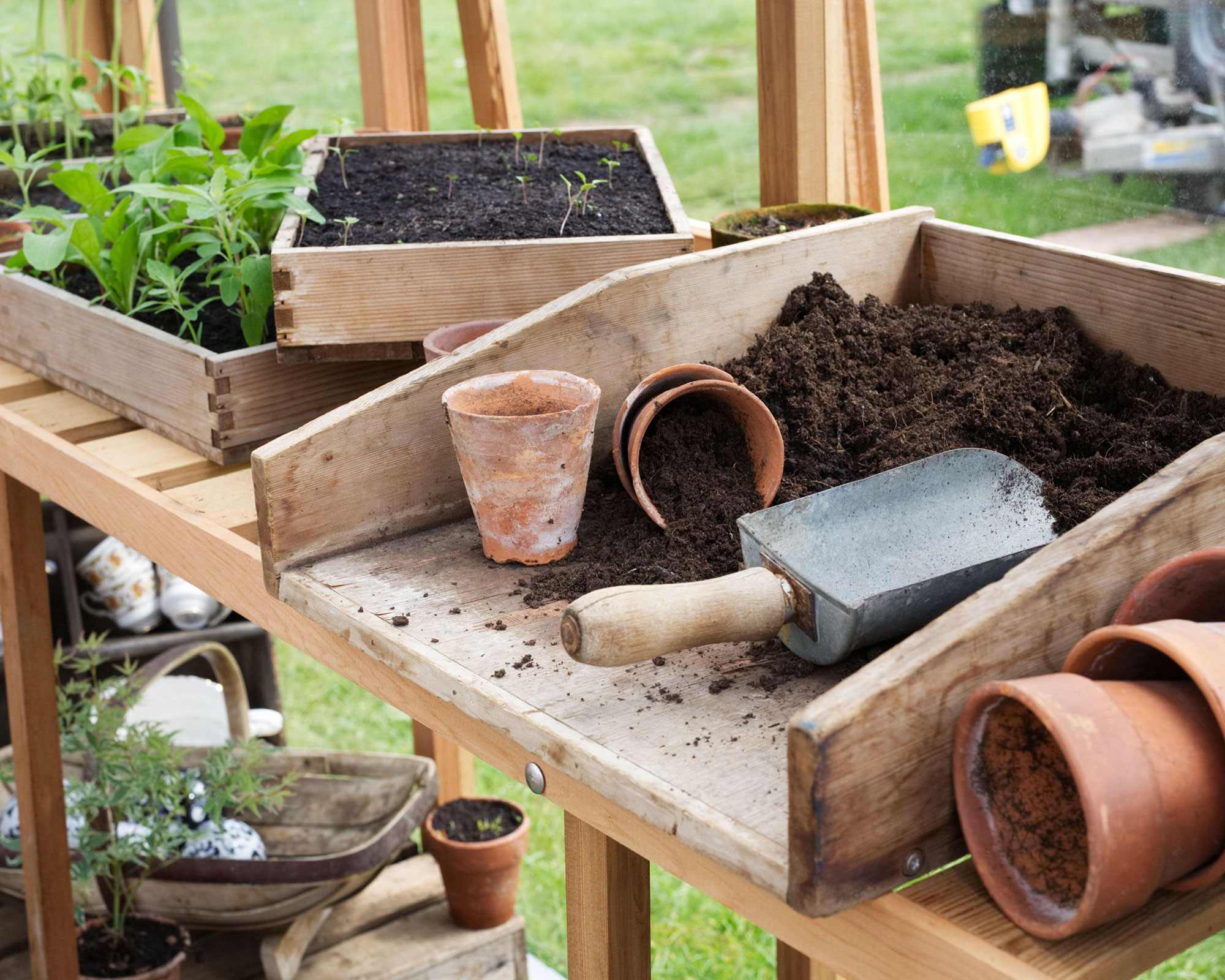
What to grow if your soil pH is acid
Some of the most attractive flowering plants, such as rhododendrons and azaleas, love acid soil, and will suffer if soil is too alkaline as some nutrients become locked up. Perennials like alliums, campanula and lilies also thrive in acid soils.
Some experts include camellias, hydrangeas, magnolias and sarcococcas in the acid-loving group but strictly speaking all these ask for is a lime-free soil and they aren't usually bothered by how acid it is.
If you love these plants but your soil is unsuitable, try planting them in containers or beds filled with ericaceous compost.
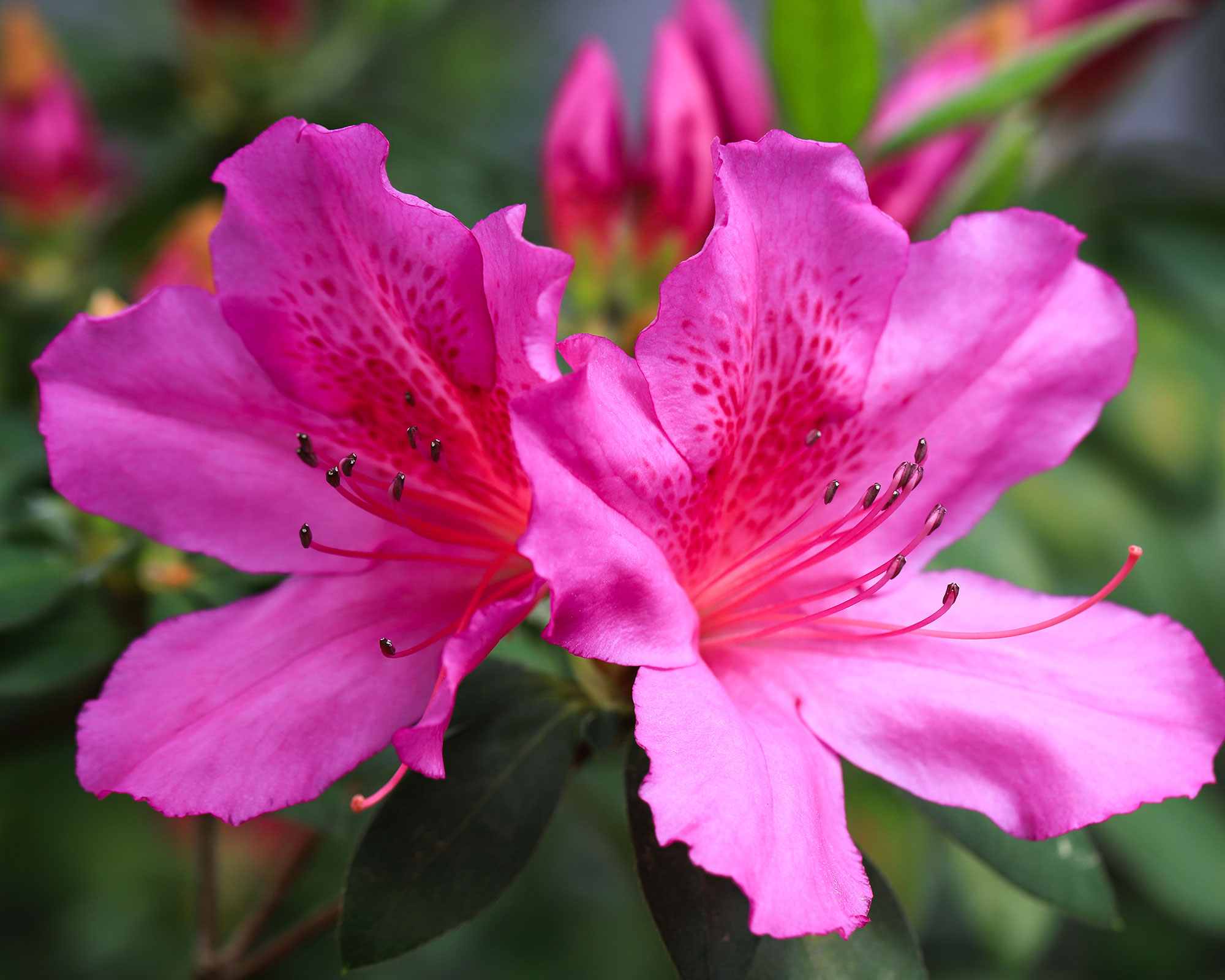
Azaleas love acidic soil
What to grow if your soil pH is alkaline
Alkaline soil is often rich in calcium. It has good drainage but can be thin so needs lots of organic matter such as home-made compost or well-rotted manure added to improve its richness and help to retain moisture.
Lavender, geraniums, honeysuckle, clematis and lilac all love alkaline soils. When it comes to trees, choose varieties like acer and taxus baccata (yew) which will thrive.
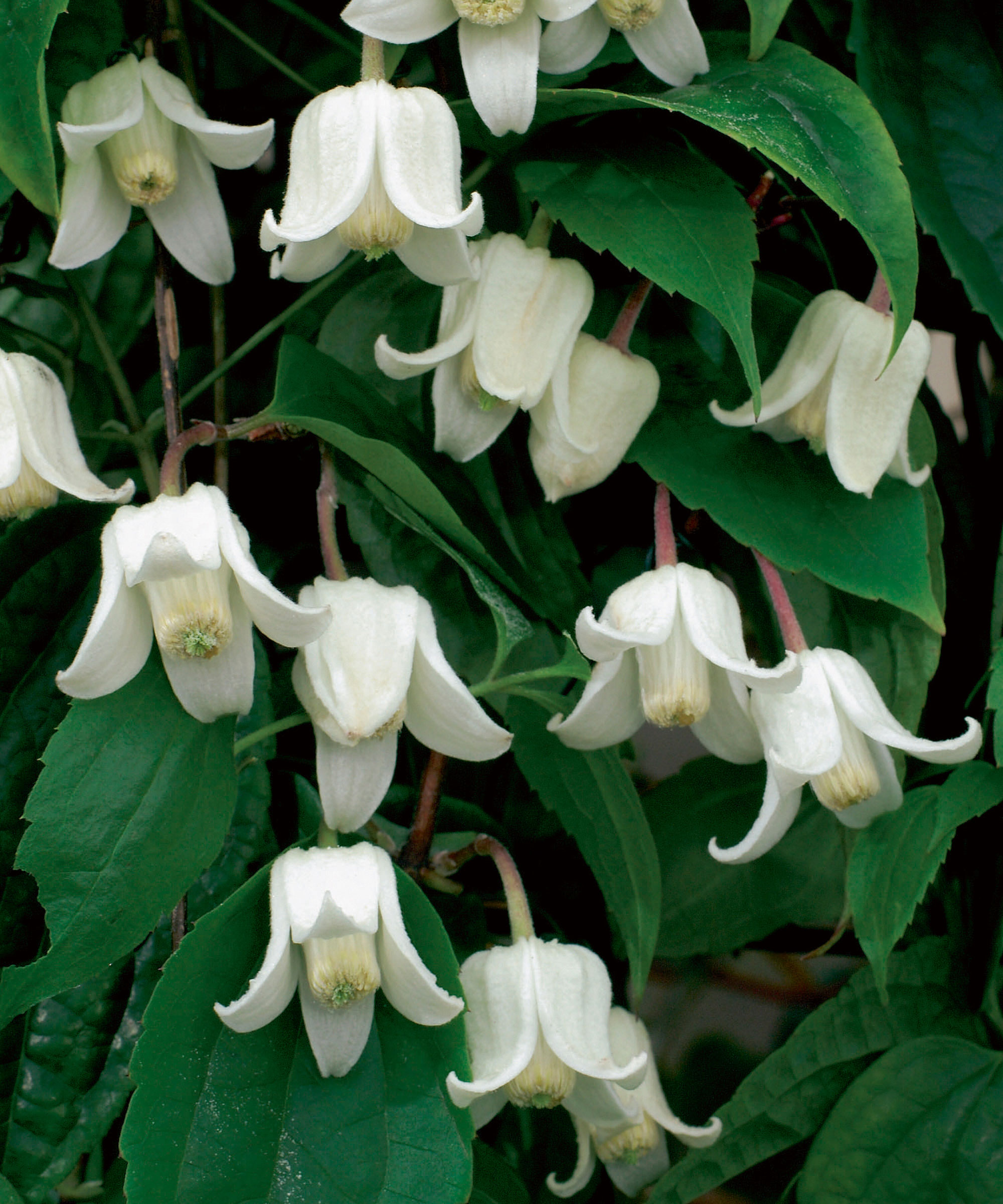
Winter clematis thrive in alkaline soil
Sign up to the Homes & Gardens newsletter
Design expertise in your inbox – from inspiring decorating ideas and beautiful celebrity homes to practical gardening advice and shopping round-ups.
Lifestyle journalist Sarah Wilson writes about flowers, plants, garden design and gardening trends for Homes & Gardens. She has studied introductory garden and landscape design and floristry, and also has an RHS Level 2 qualification in the Principles of Plant Growth and Development. She is a regular contributor to Homes & Gardens and Livingetc. She has also written for Real Homes, Modern Gardens and Country Homes & Interiors magazines.
-
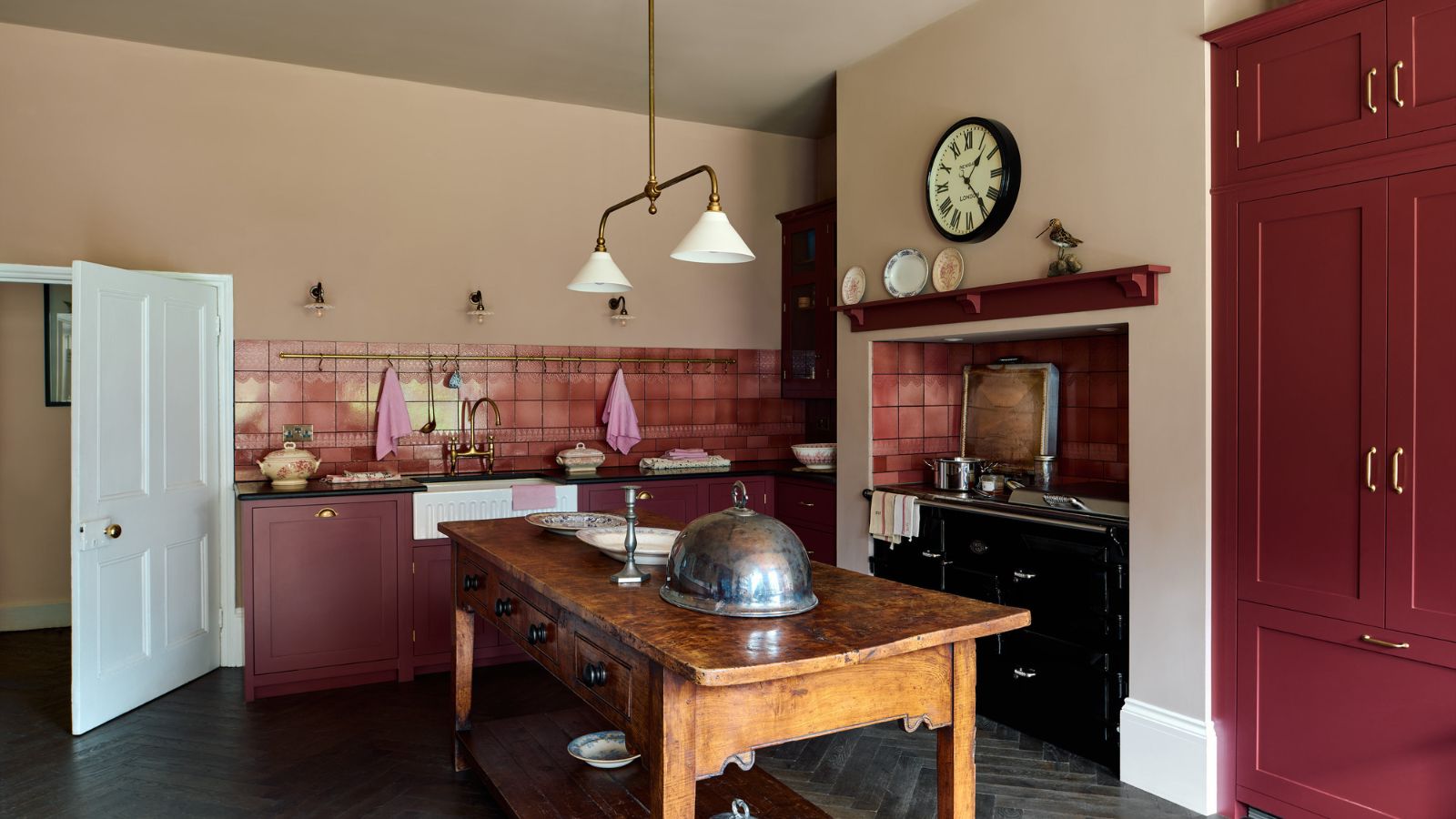 It’s a concept straight out of a fashionista's playbook, but I used the Sandwich Method to organize my kitchen shelves – it’s never looked sleeker
It’s a concept straight out of a fashionista's playbook, but I used the Sandwich Method to organize my kitchen shelves – it’s never looked sleekerIt transformed messy to mesmerizing in a matter of seconds
By Punteha van Terheyden Published
-
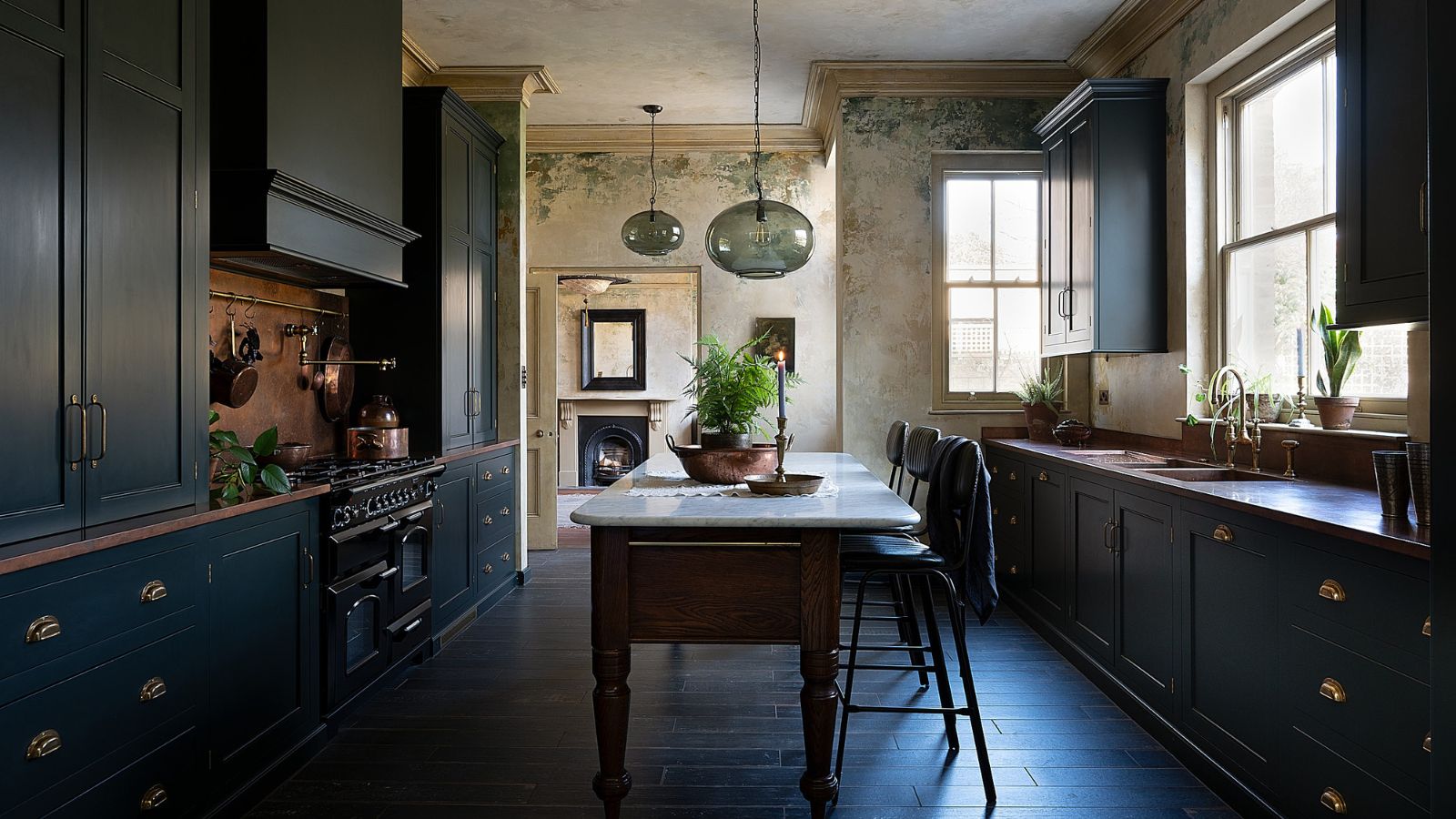 The moody kitchen in this Victorian home has the most unique wall design I've ever seen – it's the perfect way to bring an elegant, aged feel to the space
The moody kitchen in this Victorian home has the most unique wall design I've ever seen – it's the perfect way to bring an elegant, aged feel to the spaceThe hand-painted feature has brought a sense of history and patina back into the remodeled kitchen
By Molly Malsom Published